Vicki in PG Buzz: The pandemic's impact on the art licensing sector
last updated 20 December 2020
Opinion: The pandemic’s impact on the art licensing sector

Vicki Willden-Lebrecht’s opinion piece on the pandemic was featured in PG Buzz. Vicki describes how adapting her greeting cards division during the pandemic gave her business a boost, and also shares her predictions on the future of the industry.
Art licensing is a close-knit community of passionate creatives, and despite the challenges this year, there are still opportunities out there. With the pandemic, pickings may be slimmer, and there is a sense of ‘survival of the fittest’, but I am still optimistic.
With that said, it would be naive to pretend that the greeting card trade won’t be affected by the seismic change that’s happening, both within our industry and throughout every area of our lives. As a global illustration agency working across many sectors, we’ve been in a fascinating position to see how the pandemic has affected each area differently. We have seen first-hand how each industry and region is evolving. For example, animation is an industry largely protected from the effects of Covid, as teams can work remotely without having to bring together tricky production teams and actors – you only need to see the John Lewis Christmas advert to see how strong illustration and animation in advertising is right now.
 Above: A still from the multi-faceted John Lewis Christmas advert, which championed kindness as well as showcasing animation talents.
Above: A still from the multi-faceted John Lewis Christmas advert, which championed kindness as well as showcasing animation talents.
Meanwhile, publishing is booming with more children at home, and parents feeling the pressures of homeschooling, looking for the best books to educate and entertain their children. And, as everyone is spending more time stuck at home, we’ve seen a spike in sales for homewares and interior furnishing with people investing to make their homes somewhere they are happy to spend their time.
 Above: Benji Davies (part of The Bright Agency stable) created the artwork for the book cover of Michael Morpurgo’s book, The Puffin Keeper.
Above: Benji Davies (part of The Bright Agency stable) created the artwork for the book cover of Michael Morpurgo’s book, The Puffin Keeper.
We have seen shops/brands like Joules who have a strong online selling presence and the infrastructure to scale their operations have increased their product lines ten-fold. This broader view across these other industries and seeing how they are adapting gives us some valuable insights into how best to adapt our art licensing division. I believe that there is always opportunity in change, and that doing things the same way when the world around us is changing is a risky prospect, and this was our approach in the face of Covid.
What we have done…
Bright has worked in licensing for 18 years, and we’ve changed a lot on that time. We recognise that in order to best service our clients and take care of our artists, we have to work to stay current. So now, heading into the biggest recession in 300 years, with huge changes to buying habits and unprecedented challenges to retail, it would be madness not to adapt.
However, change for change’s sake is pointless. We had to ensure that everything we do helps our clients and artists. We’ve found that our clients have less time for briefing artwork, and they want available designs they can licence to fulfil their uncertain opportunities, but not pay for what they don’t use. Clients want a range and quantity of ready artwork to look through alongside the opportunity to commission unique in-house work. This has meant providing beautiful and innovative design concepts that would have boutique appeal but also, crucially, be commercially successful. It meant delivering our top service and speed combined, with tight briefing and solid project management to help our clients’ studios stay lean. It meant investing in technology to enhance our asset management, which allowed us to have additional content and information for our artists. This meant looking into franchising our custom software.
In addition, we’ve also worked closely with our artists to broaden their portfolios and offerings into homewares, fashion, apparel and packaging, as well as working alongside retailers to develop their own ranges and range extensions. We aim to create client-artist partnerships and deepen our own relationships. Everyone wants to survive the challenges we face, and for our industry as a whole to flourish I think working together and going the extra mile has never been more important.
 Above: A zingy design from Emma Proctor, one of the artists in The Bright Agency stable.
Above: A zingy design from Emma Proctor, one of the artists in The Bright Agency stable.
Technology is crucial to all business right now and will have a significant impact on how business can operate and how business users can interact with each other and potential prospects and customers. Technological advances continue to demand that businesses grow, shift and adapt in order to stay competitive in today’s rapidly changing marketplace. The business atmosphere is changing from a trade-based to a knowledge-based economy.
This summer, we renewed our working relationship with Kyan, a digital product studio who were Bright’s original tech partner. They have worked closely with us to develop unique features on our custom systems and softwares that allow us to licence our designs simply worldwide, across products and for various terms. This means more opportunities for our artists and more offerings to our clients. It means we can do more and focus far more on the content and developing art brands which is at the heart of what we want to do for our artists, leaving the operations to be processed using advanced technology and leaving our manual energy for our artists’ care and art direction.
 Above: A Victoria Ball design from The Bright Agency’s rich ‘shop’ of artists’ works.
Above: A Victoria Ball design from The Bright Agency’s rich ‘shop’ of artists’ works.
We all must adapt and grow together in the face of new challenges and changes in our industry. Whatever your current strategy is, the most important thing is to be prepared to keep evolving. You may have heard that old chestnut about how, when a frog is put into boiling water it jumps out, but when a frog is put in tepid water and slowly brought to the boil, it will end up cooked. Don’t end up as the boiled frog! Although it might seem like this year has been full of sudden changes, humans are hugely adaptable and already the ‘new normal’ of home-working and hand-washing is something we’re all used to. Right now, with the pandemic continuing, but with the vaccine now a reality, you might be tempted to hold out on making changes and wait until things are ‘back to normal’. Don’t be lulled into inaction; as well as the pandemic, there will be ongoing changes to our buying habits and our high streets. We need to be ready to pivot and evolve.
 Above: A Jane Newland design that celebrates the growing interest in gardening.
Above: A Jane Newland design that celebrates the growing interest in gardening.
So what are we seeing in greeting cards, and what can we do to stay ahead?
In addition to the lockdowns limiting retailers’ ability to physically sell greeting cards, the way that people celebrate occasions, such as birthdays have had to change. With large gatherings not allowed, people have been forced to think of more creative ways to celebrate their loved ones and make them feel special. We are seeing an increase of carefully choreographed birthday scenes that can be photographed and shared on social media, as well as the growth of personalised cards and products. Beautiful and exciting paper products and extended ranges that can be easily photographed and will stand out among the social media chatter are something companies should be looking for right now. A card may very well not just be shared between two people these days – the person sending it and the person receiving it. Now more than ever people are sharing every aspect of their lives, and especially those moments that offer a sense of connection, so a gorgeous birthday card or ‘thinking of you’ note is sure to end up on someone’s Instagram or Facebook stories for the world to see. Companies that can offer range extensions and ‘birthday regalia’ have an advantage on this particular trend.
At Bright, we are finding companies approaching us with really varied requests, however we have seen an increasing trend of birthday products being briefed together with card. Many publishers are pivoting to sell directly to consumers as well, and there is a clear link between those doing this successfully and those with the ability to group sell ‘birthday regalia’ together to customers.
 Above: Versatile artist Sarah Long’s style lends itself to be used across a variety of products.
Above: Versatile artist Sarah Long’s style lends itself to be used across a variety of products.
On the other side of this, we are also seeing more online partnerships with influencers, social media advertising and digital content to promote products, often with highly effective results. Dry catalogue sheets are being ditched in favour of carefully styled product shots hosted on social media platforms, with the result that more and more of our customers engaged online and looking for new ways to buy outside of traditional retailers. The growth of apps and technology to send pictures and virtual cards could be a real area of opportunity for our industry, if we can link the digital opportunities to card sales. It is companies who adapt creatively who will lead the charge in these areas.
Companies with a strong existing retail customer base will have the short-term advantage in the wake of the lockdowns as shops begin to re-order for next year. Meanwhile, those with an audience that is transitioning to better serve online buying will need to continue to evolve their business. People will always have the impulse to buy cards, but how they purchase and send them will change, we just don’t know what the online market share will level out at, for example. However, the companies ready with products and strategies to take advantage of the changing landscape will become the people of the future.
 Above: A vibrant positive image that was created by Kate Mainard, another of Bright Agency’s creative talents.
Above: A vibrant positive image that was created by Kate Mainard, another of Bright Agency’s creative talents.
Fundamentally, people will still wish to reach out with the special touch that a greeting card can deliver. People will still give a card for birthdays, to convey a heartfelt thank you note, and to send good wishes in the difficult and good moments that life throws at us. It is important to remember that our industry is, at its heart, based on moments of connection and sentiments, and as people increasingly choose to share these moments digitally, it is important not to get left behind. Look at how Blockbuster, which seemed such an institution, was ultimately triumphed over by Netflix. Just as the entertainment industry has been forced to adapt to consumer demand, so too the art licensing and greeting card industries must be ready to evolve.
Read the original article in PG Buzz here.
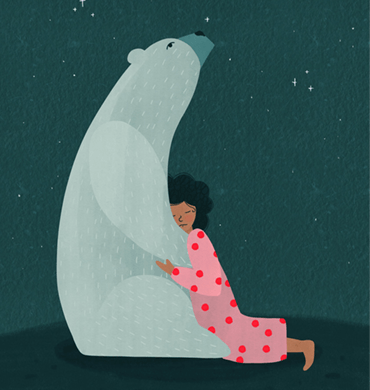 How we work
How we work
 What we do
What we do
 Meet the team
Meet the team
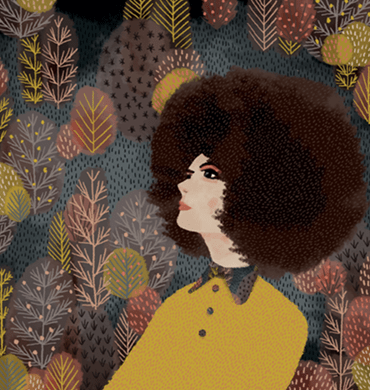 Artists
Artists
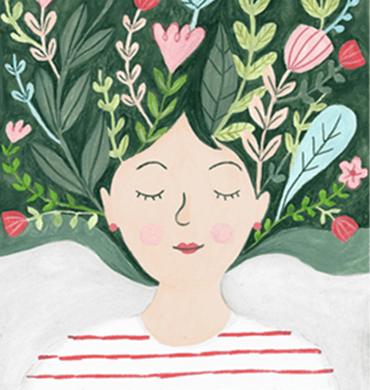 Agents
Agents
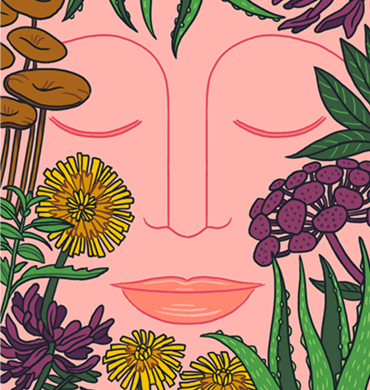 Collections
Collections
 Submissions
Submissions
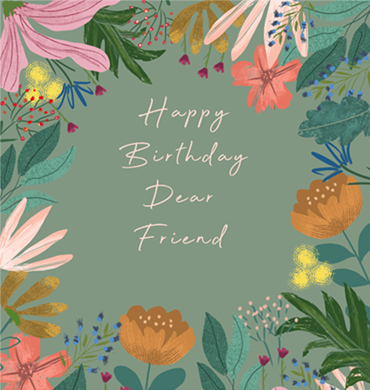 Artists
Artists
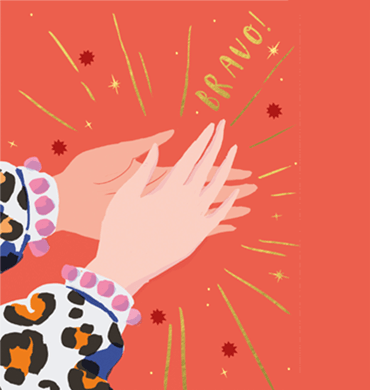 Agents
Agents
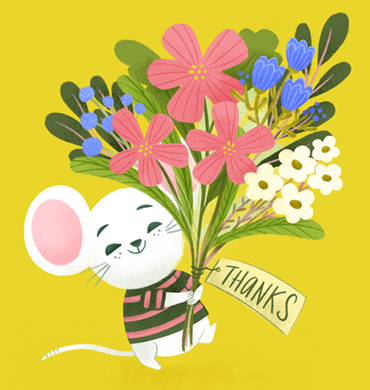 Collections
Collections
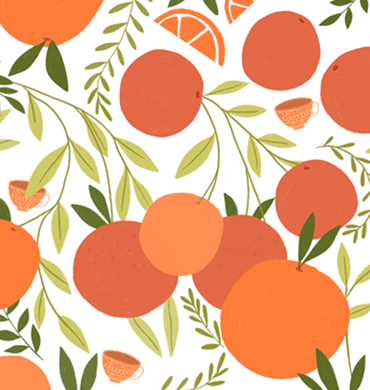 Submissions
Submissions
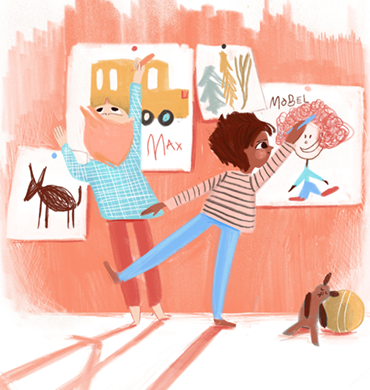 Authors
Authors
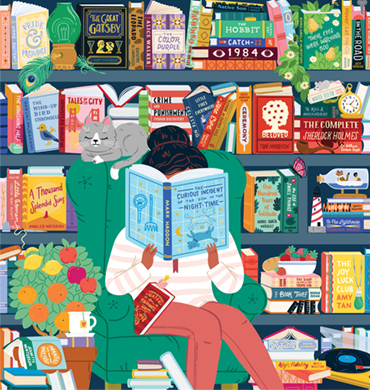 Artists
Artists
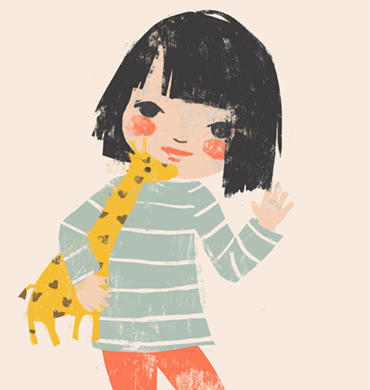 Agents
Agents
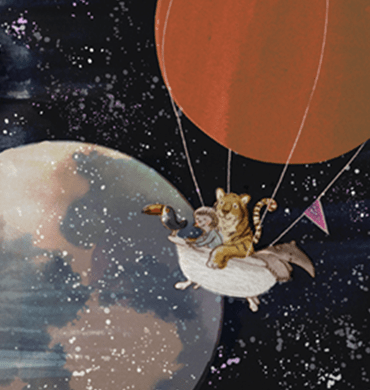 Collections
Collections
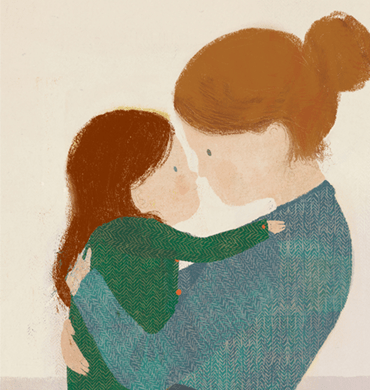 Submissions
Submissions
 Animators
Animators
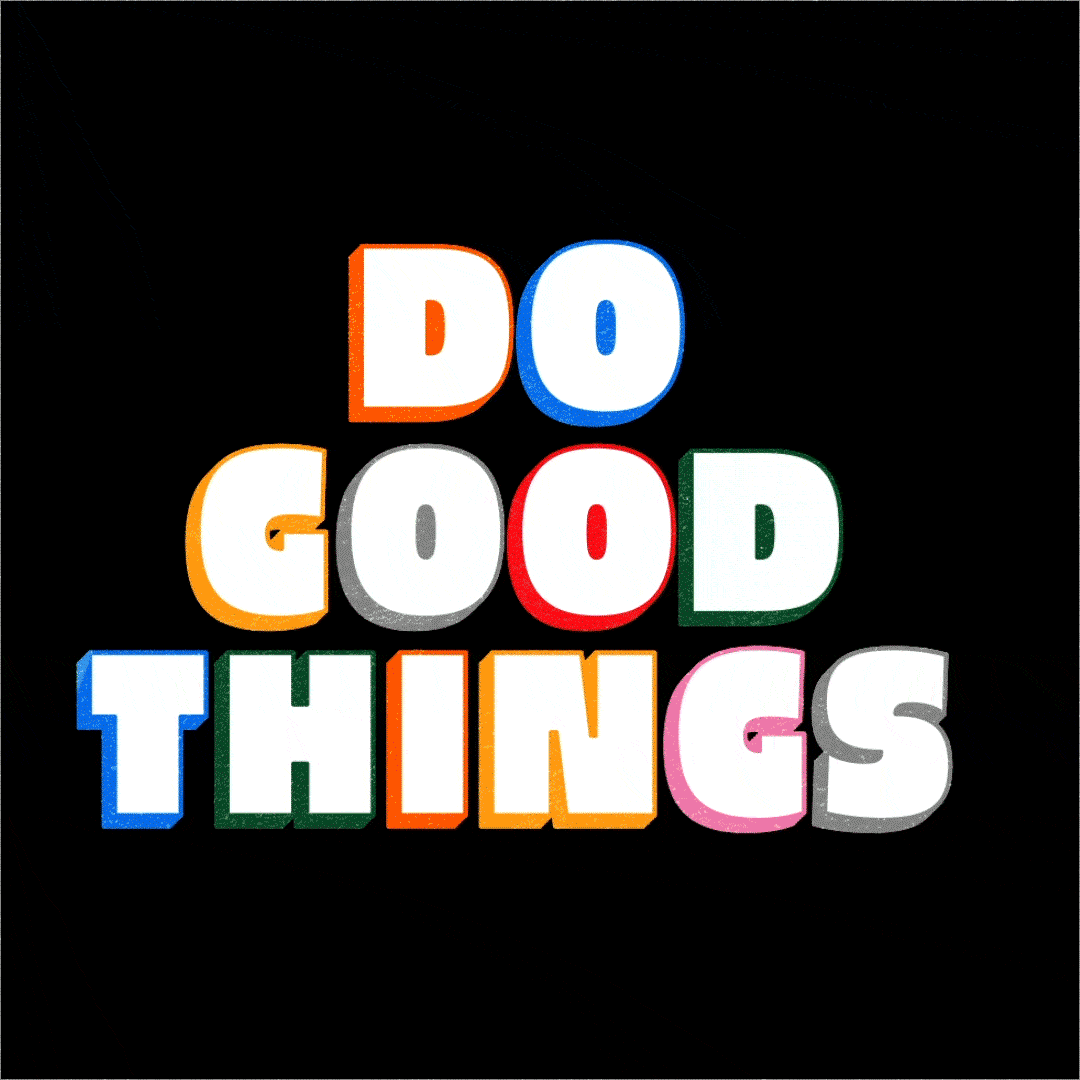 Agents
Agents
 Collections
Collections
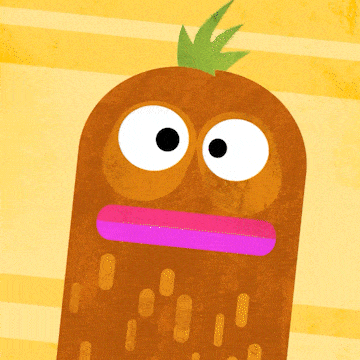 Submissions
Submissions
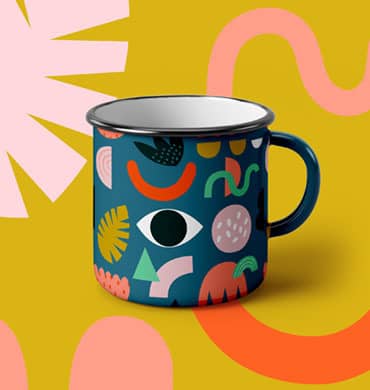 About
About
 Authors
Authors
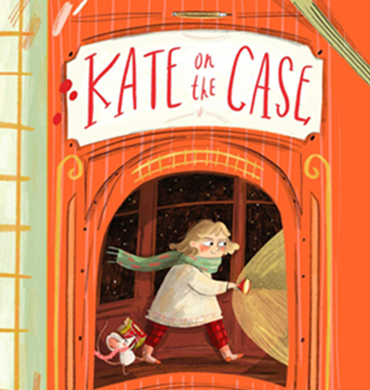 About
About
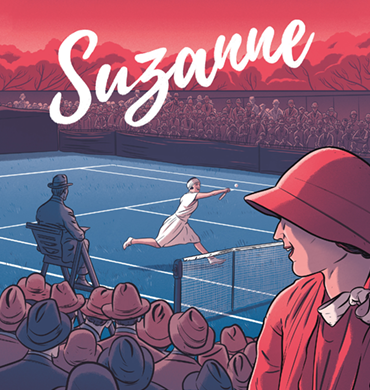 Submissions
Submissions
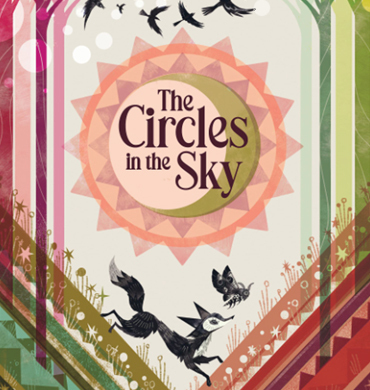 Blog
Blog